OnePlus 7 Pro vs Samsung Galaxy S10 Plus vs Huawei P30 Pro: the powerhouse playoff
Three premium curved-display phones
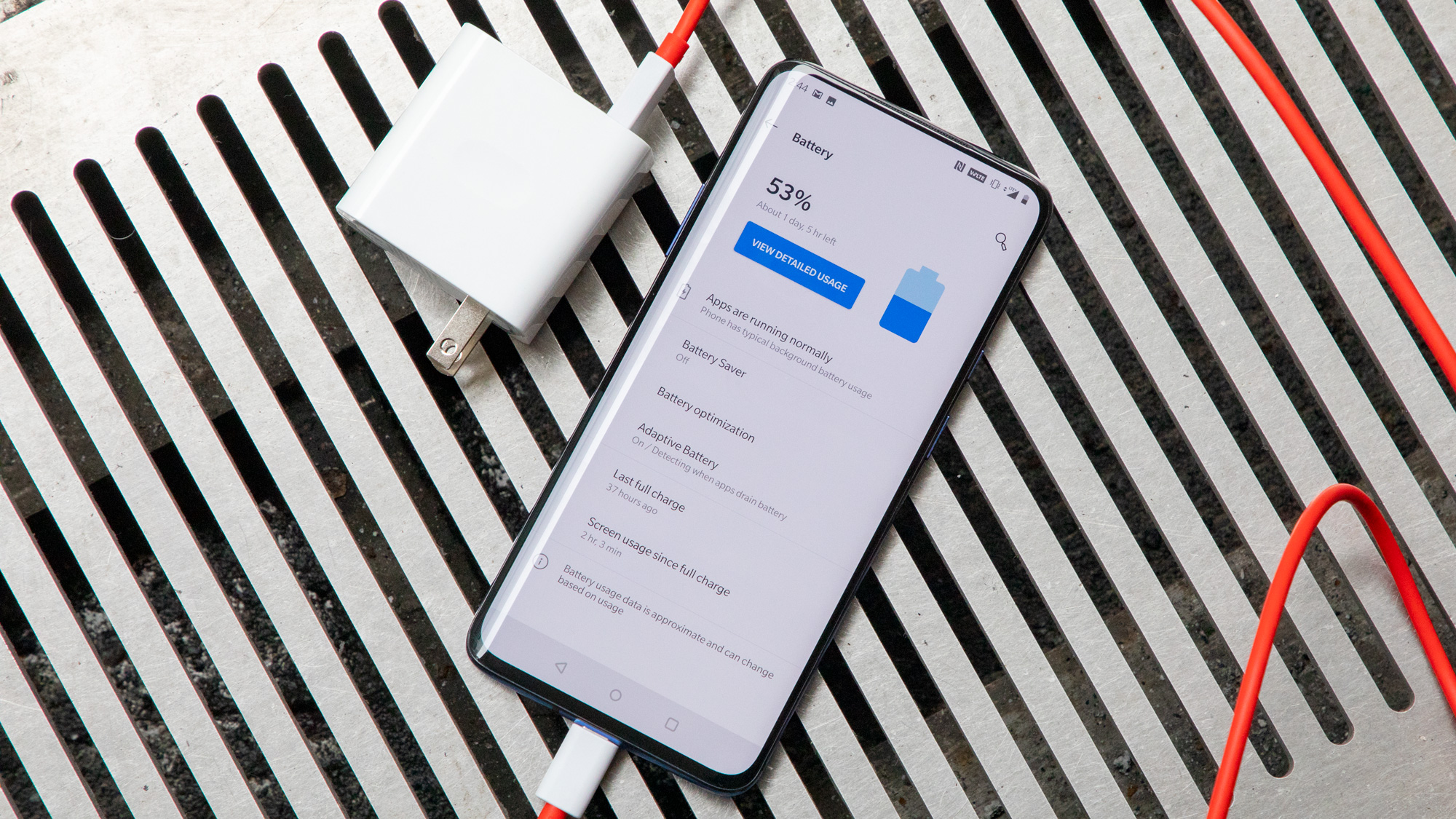
OnePlus has launched its newest range of phones, including the OnePlus 7 Pro, the company’s first ever ‘Pro’ phone - we're in a world of 'ultra premium', apparently.
The OnePlus 7 Pro has features we haven’t seen yet in a device from the brand – and some that are fairly new to phones in general, making the Pro a pretty competitive handset.
One way the OnePlus is aiming to win over audiences with the 7 Pro is that it looks a lot like the recent Samsung Galaxy S10 Plus, which also has a large, curved display and impressive internals.
You’re getting an arguably better screen in the Galaxy S10 Plus, but there’s a glaring gap in it thanks to the ‘punch-hole’ camera, which may annoy some users hoping for full-screen fluidity.
- These Samsung Galaxy S10 Plus deals can't be beaten
- These are the best Huawei P30 Pro deals
And if we're looking for high-end phones that sport a curved edge, we simply have to add the new Huawei P30 Pro into the mix.
All three are offering some seriously impressive headline specs in their own individual ways - so ahead of our full, head-to-head-to-head rundown, here are the key things you should know:
Price and availability
The competition between the OnePlus 7 Pro, Samsung Galaxy S10 Plus and Huawei P30 Pro is a little lighter if you live in the US, as the latter phone isn’t available there, so you can comfortably ignore it if you’re looking for a new phone – in most other regions all three phones are available though.
Get daily insight, inspiration and deals in your inbox
Sign up for breaking news, reviews, opinion, top tech deals, and more.
The OnePlus 7 Pro is the clear winner when it comes to cost - the cheapest variant, which nets you 128GB of storage and 6GB of RAM, comes in at $669 or £649 (around AU$1,200). The 256GB+8GB RAM is $699 / £699 (around AU$1,300) and the 256GB+12GB RAM, if you need that much, is $749 / £799 (around AU$1,500).

If you’ve got a lot of money to spend, the most expensive of these premium phones is the 12GB of RAM and 1TB of storage model of the Samsung Galaxy S10 Plus, which will set you back $1,599 / £1,399 / AU$2,399.
Of course you don’t have to spend that much to own the phone from Samsung, so a 8GB / 512GB version will cost you $1,249 / £1,099 / AU$1,849, and the lesser 8GB / 128GB phone is $999 / £899 / AU$1,499.
This £899 / AU1,599 price (around $1140) is shared by the cheapest Huawei P30 Pro, which has 12GB of RAM and 128GB of internal memory, and then the price increases to £1,099 (around AU$2,000, $1,400) if you want 512GB of storage instead.
Design and display
The one unifying feature between all three smartphones is that they have displays that are curved glass, with the screen falling away at the sides of the phone. This gives them a distinctly ‘premium’ look, but in other ways there’s some distinction between the screens.
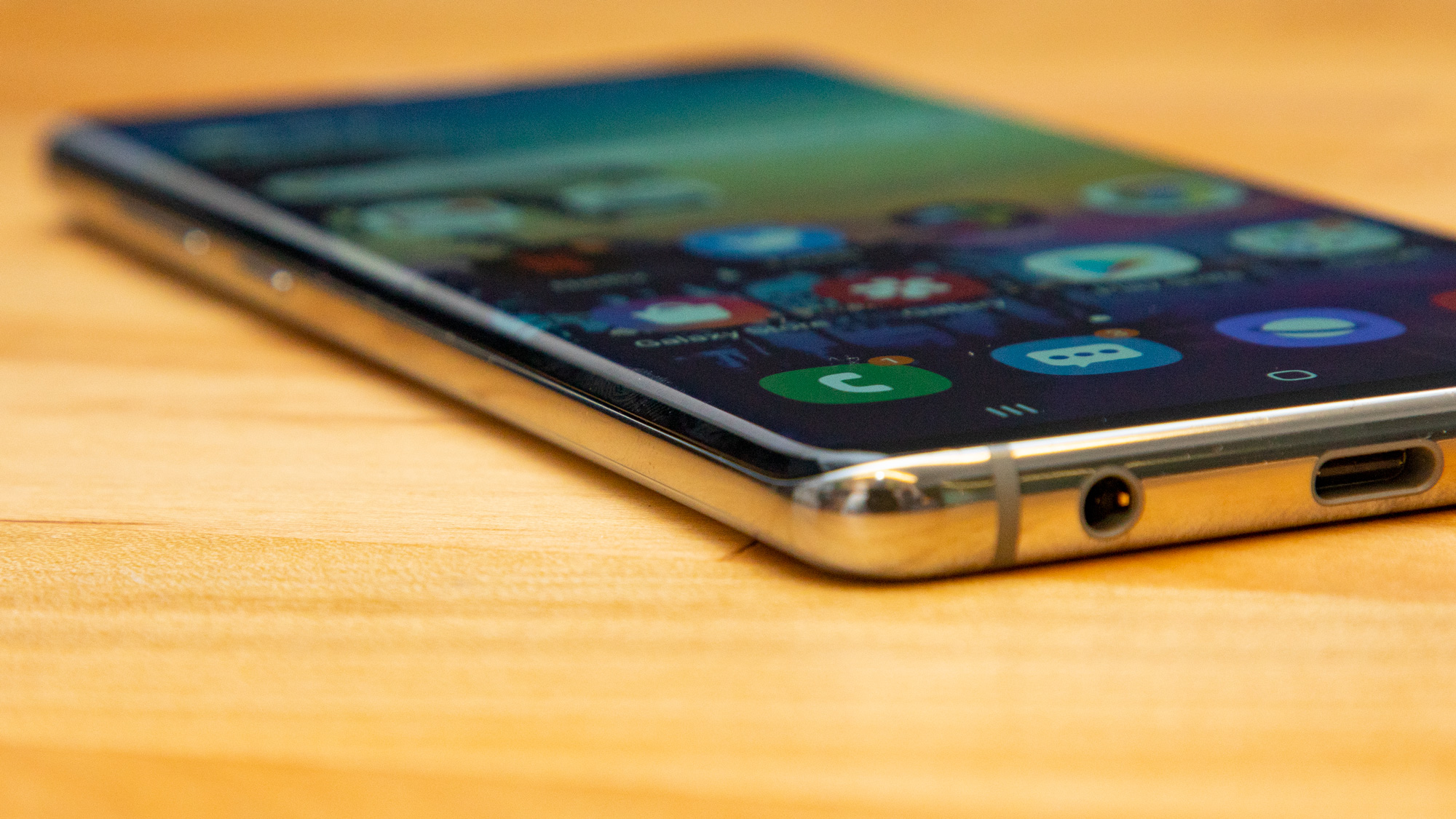
The Huawei P30 Pro has a Full HD+ OLED screen, but both the OnePlus 7 Pro and Samsung Galaxy S10 Plus have Quad HD+ AMOLED displays, which makes for more vivid color reproduction.
That’s not to say the P30 Pro has a lesser screen, as it’s bright and clear, but its competitors take are arguably the more proficient in this space.
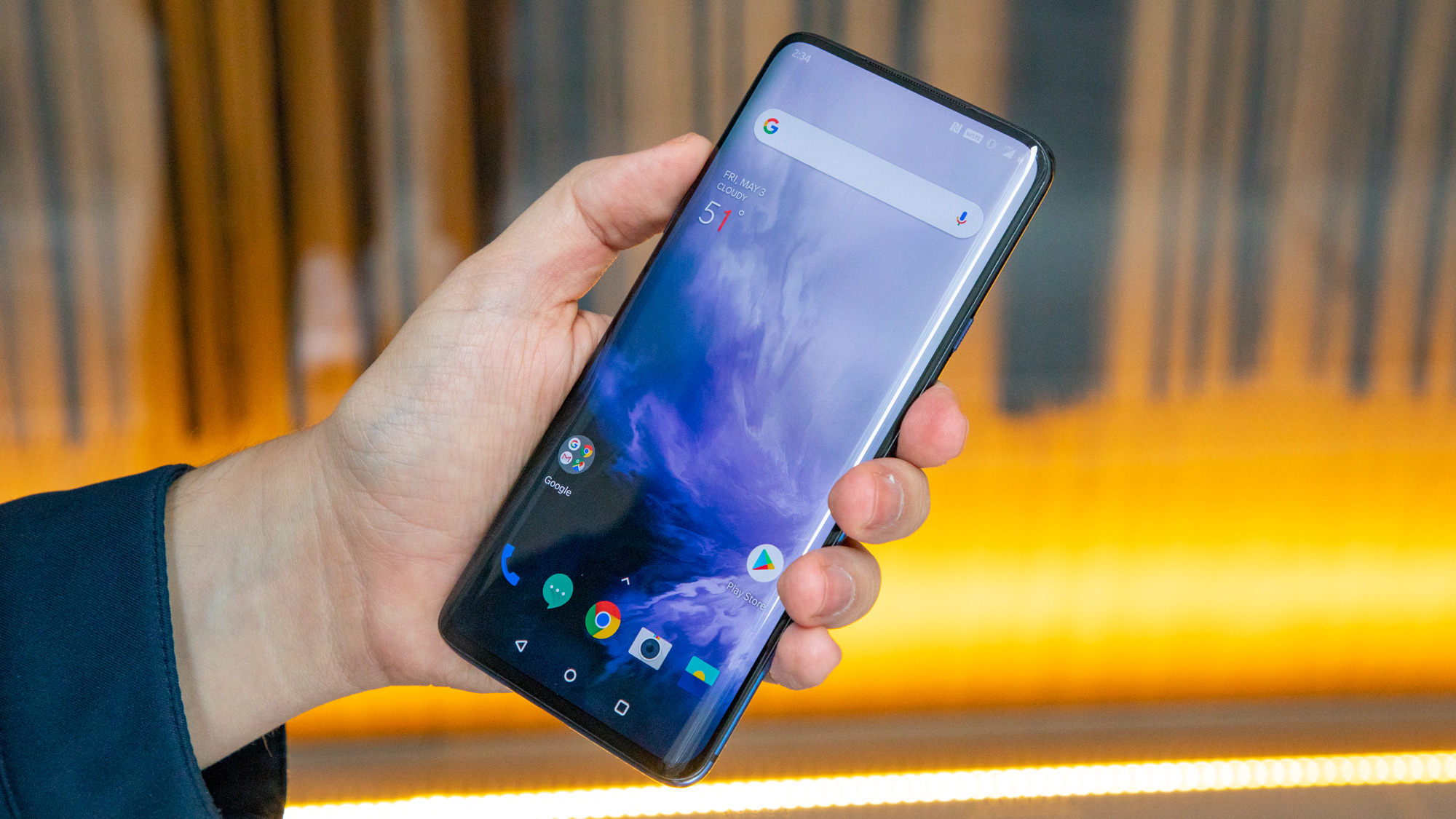
In terms of size, the phone with ‘Plus’ in its name actually has the smallest screen, at 6.4 inches for Samsung's entry.
That’s smaller than the Huawei P30 Pro, at 6.47 inches, and the OnePlus 7 Pro, with its 6.67-inch screen. The OnePlus 7 Pro additionally benefits from a 90Hz refresh rate, which makes interacting with the display smoother and feel more responsive when scrolling.
One important distinguishing feature between the phones – possibly the most important to many people – is the front-facing camera situation.
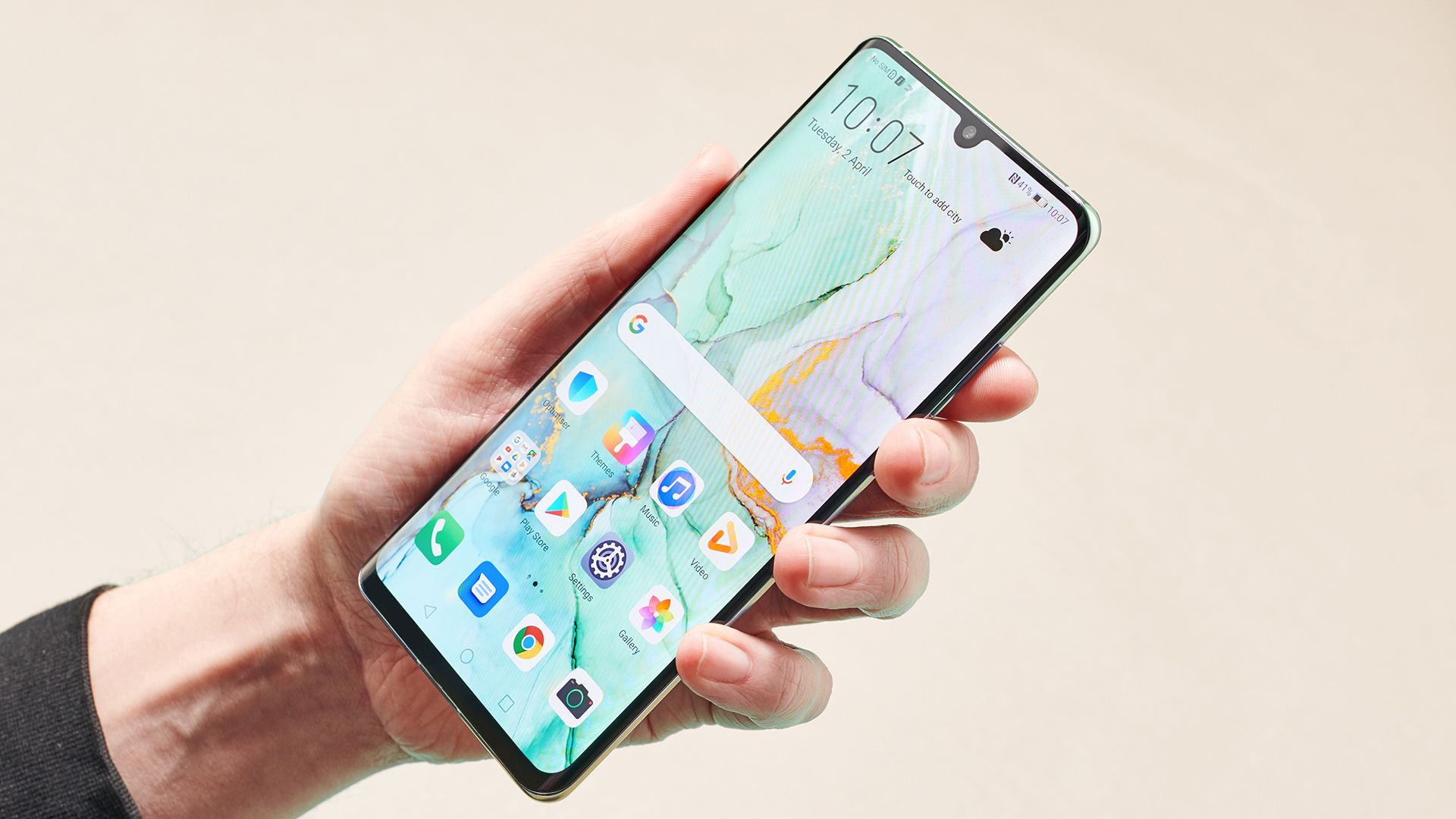
In the Huawei P30 Pro this is housed in a traditional notch, with a ‘tear-drop’ design, but the Samsung Galaxy S10 Plus has a ‘punch-hole’, which means the camera is cut out of the screen, in the top right corner.
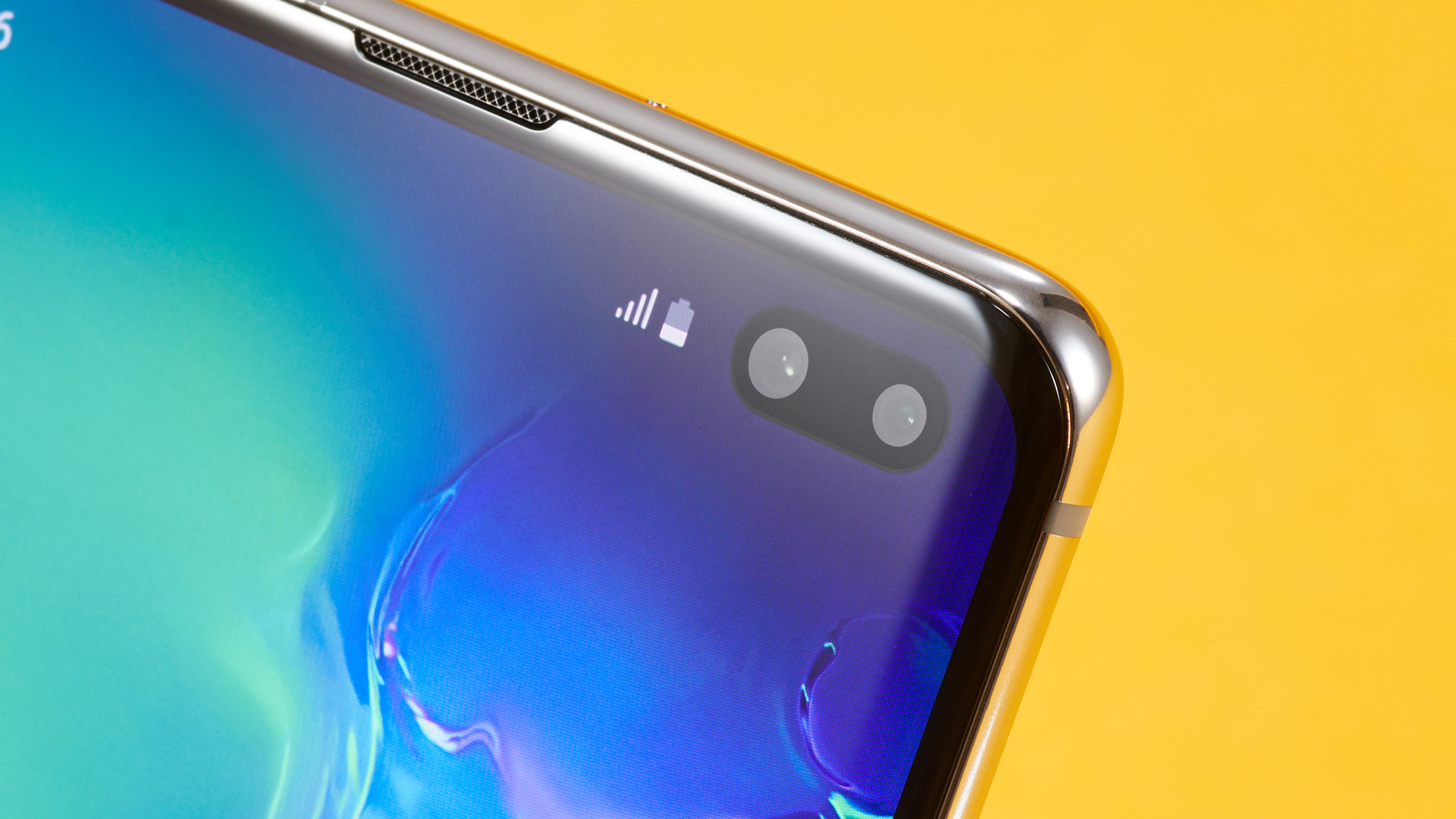
The OnePlus 7 Pro has a completely different idea – its front-facing cameras are housed in a pop-up section, which rises from the phone’s body when you need it. This is an intriguing design, as it means the handset has a screen unbroken by any complications, but a mechanical part provides the potential for breaking and snapping.

There’s another difference between the design of the phones – while the Galaxy S10 Plus has a 3.5mm headphone jack, the P30 Pro and OnePlus 7 Pro have followed the trend of premium phones and dropped it, so if you’re a fan of wired headphones there’s a clear champion.
Camera
Photography is one of the most competitive areas for smartphones, and premium phones need powerful cameras to justify their price tag.
On the OnePlus 7 Pro there’s a triple-camera setup, consisting of a 48MP main snapper joined by an 8MP sensor with a telephoto lens, and a third camera with a wide-angle lens.
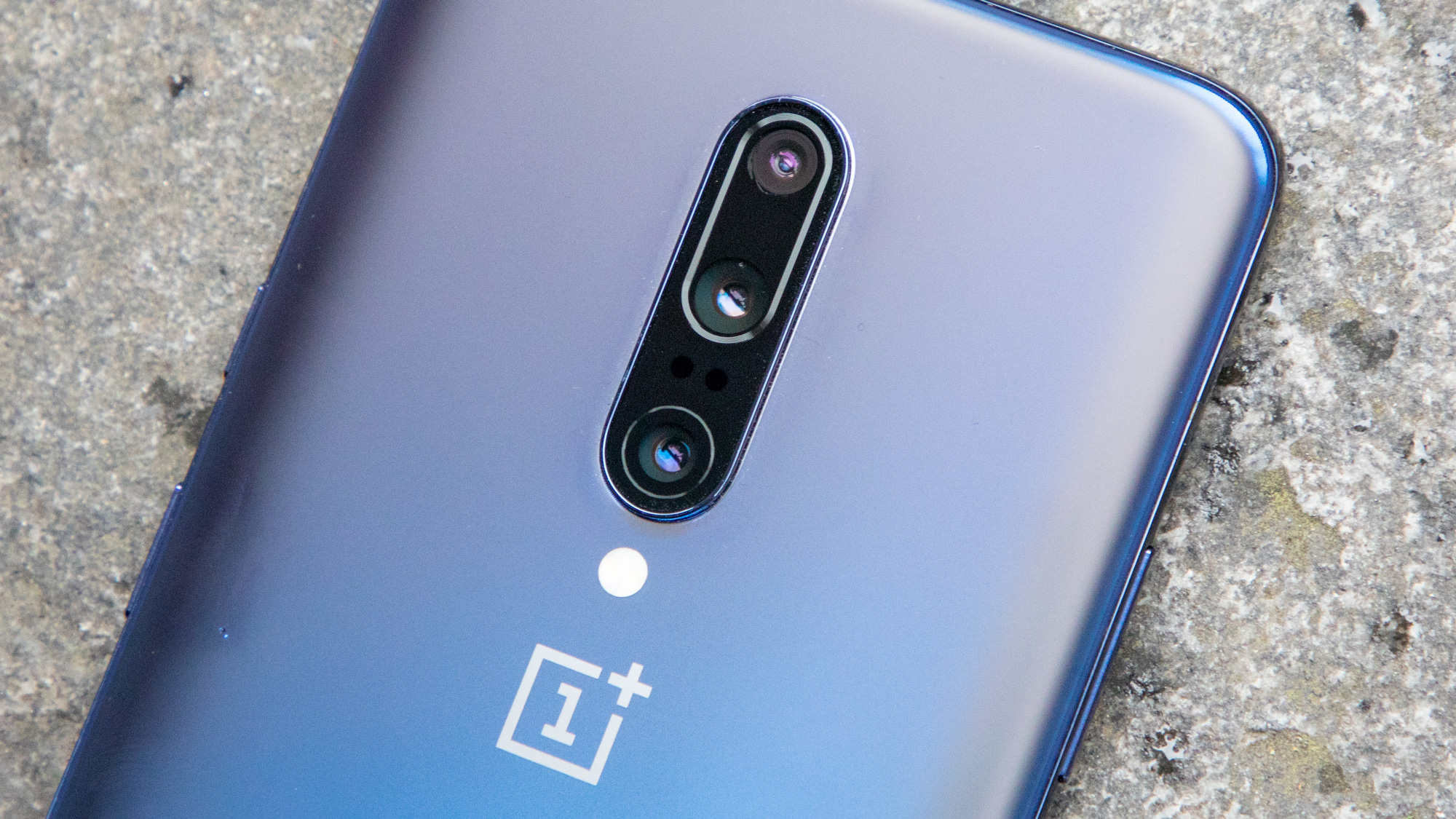
Highlights of this trio include 3x optical zoom and a few processing powers, like super resolution mode which enhances small details in pictures, such as faces or textures.
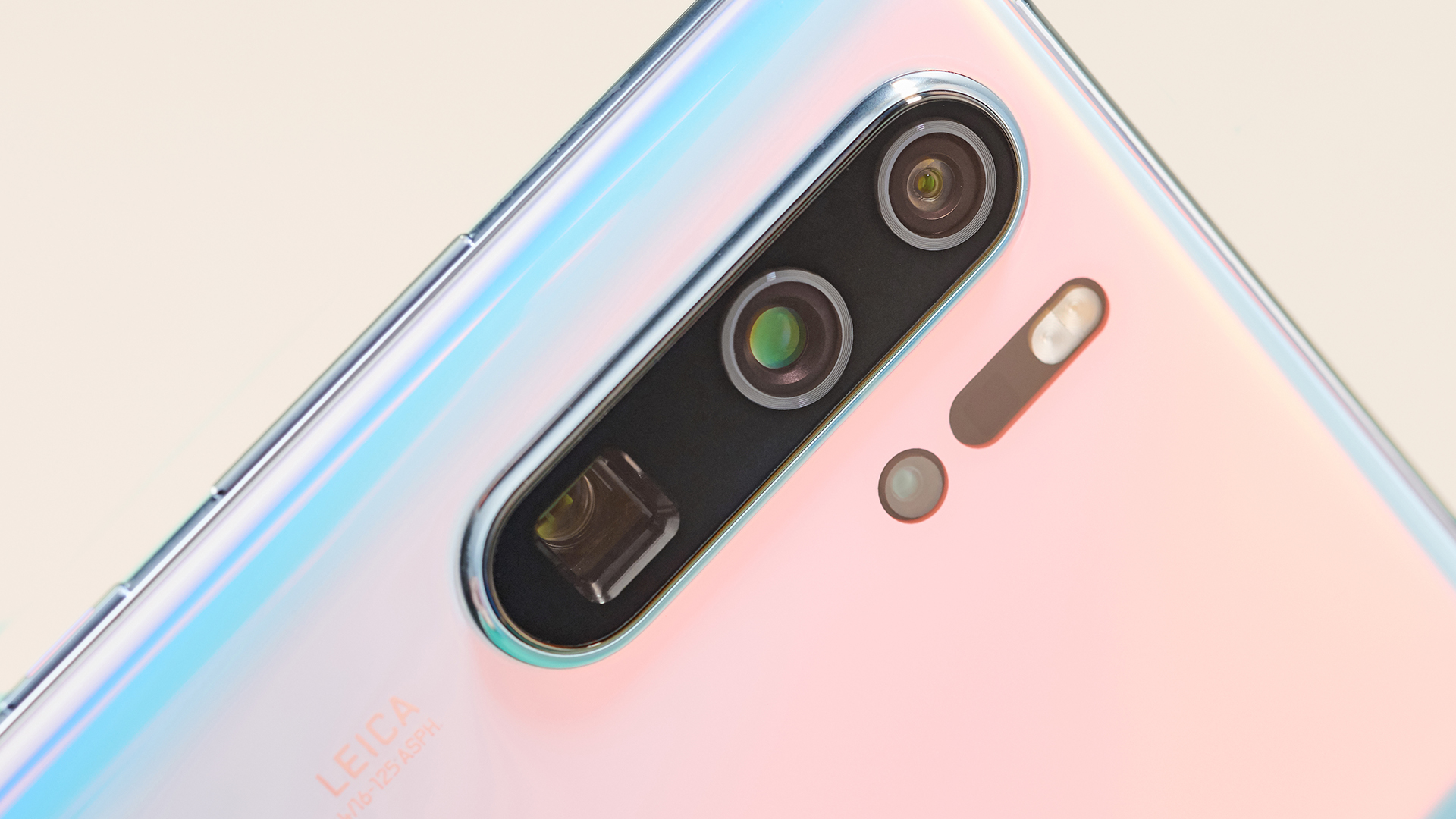
The Samsung Galaxy S10 Plus has a lower megapixel count, but that doesn’t necessarily make it a worse camera. On the rear of the handset there’s a 12MP main shooter, a 12MP sensor with a telephoto lens, and a third 16MP camera with an ultra-wide lens – if you’re getting deja vu, that’s because the prupose of each sensor is basically the same as in the OnePlus 7 Pro.
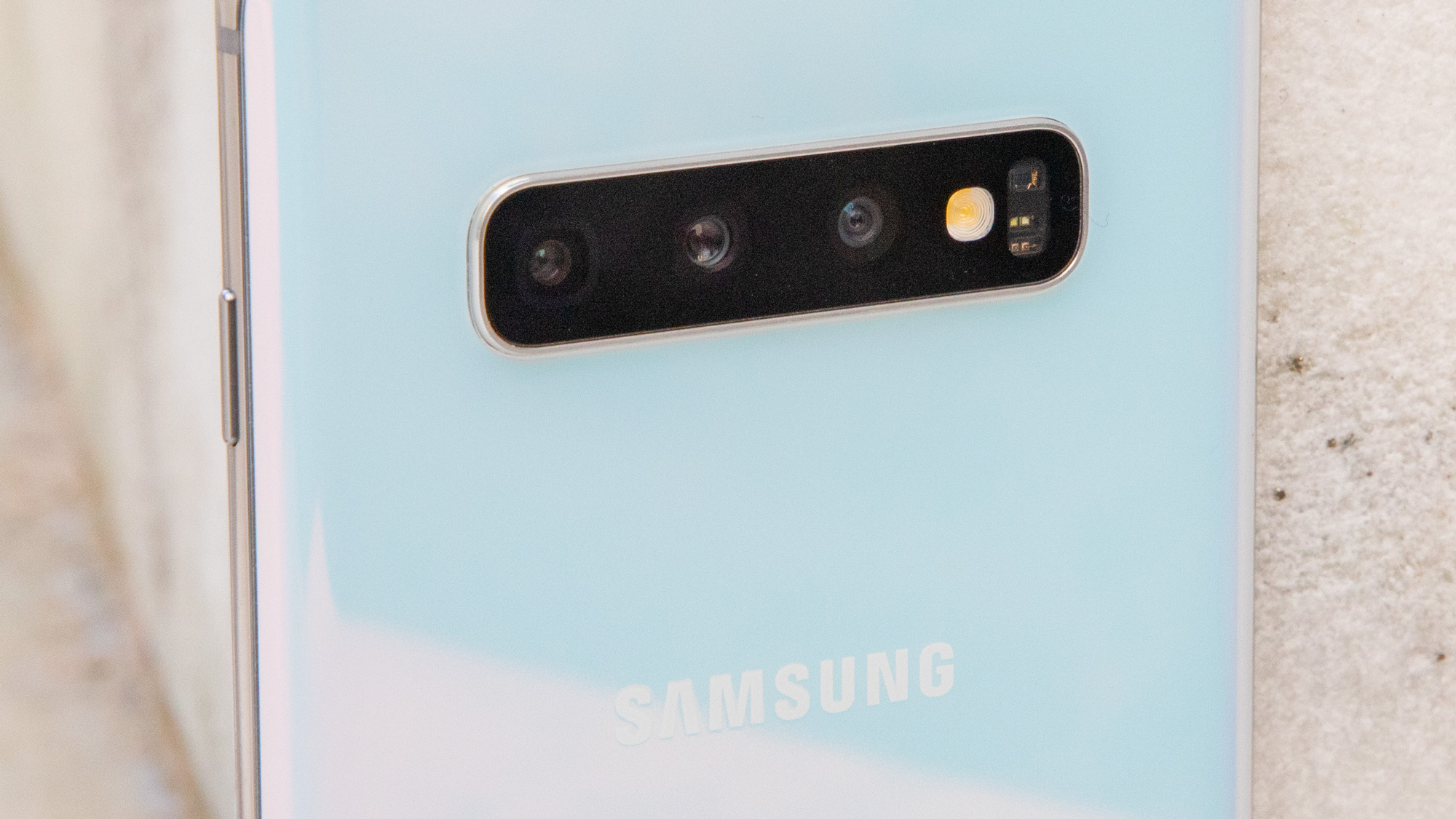
If you’re looking for impressive camera specs, perhaps the Huawei P30 Pro is the phone you’re looking for – it has four cameras, consisting of 40MP main, 20MP ultra-wide angle, 8MP telephoto, and time-of-flight depth-sensing cameras.
Because of this it’s useful in a range of situations and contexts, so is the most flexible of the phones for photography.
While the OnePlus 7 Pro has the highest megapixel count on a sensor, the P30 Pro’s variety in terms of camera potential means it’s arguably the best of the phones if you’re a keen photographer.
Front-facing cameras are important too – the P30 Pro has a 32MP sensor, while the OnePlus 7 Pro has a 16MP snapper.
On the Galaxy S10 Plus you actually have two cameras – one of which is a 10MP main sensor and the other being an 8MP depth-sensing camera.
This means it’s great at sensing depth, allowing you to take selfies with accurate bokeh and blurred backgrounds, so if selfies are your main draw for a camera, perhaps the Galaxy S10 Plus is the phone for you.
Specs and battery life
Both the Samsung Galaxy S10 Plus and OnePlus 7 Pro use a cutting-edge Snapdragon 855 chipset (at least in the US - the S10 Plus uses an Exynos 9820 in many other parts of the world).
The 855 is the latest and greatest processor from Qualcomm – however the Huawei P30 Pro’s Kirin 980 is advanced enough to give it a run for its money, as is the Exynos 9820 from Samsung.
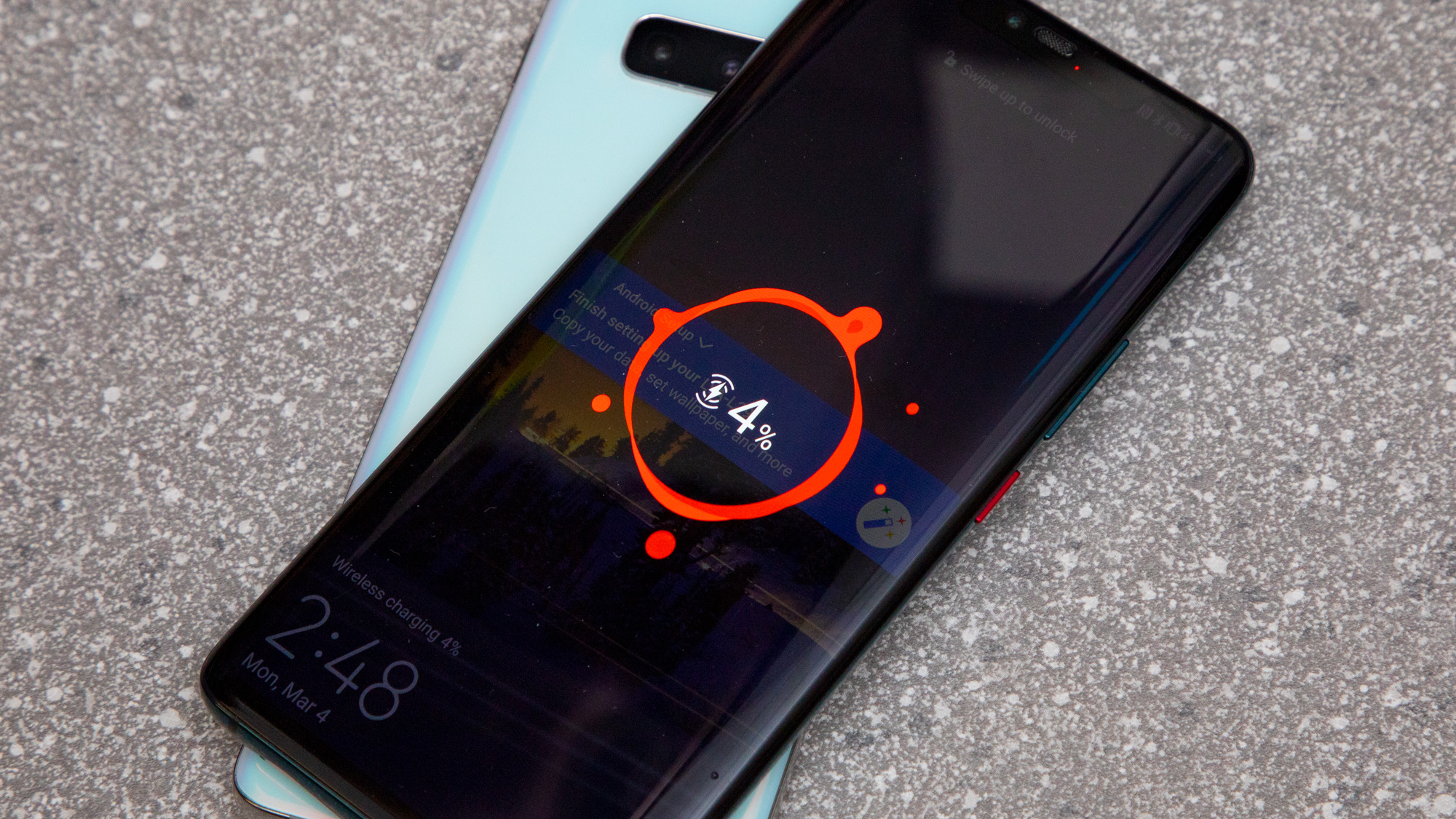
With roughly equal chipsets, you can expect all phones to handle intensive tasks like gaming and video rendering roughly similarly, but the OnePlus 7 Pro and 1TB Galaxy S10 Plus have 12GB of RAM, while other Galaxy S10 Plus models and the P30 Pro have 8GB of RAM, a difference you may notice if you’re frequently handling complicated tasks.
Battery capacity for the phones is as follows: the OnePlus 7 Pro’s is 4,000mAh, and there’s a relatively small step up to the Galaxy S10 Plus at 4,100mAh and the Huawei P30 Pro’s 4,200mAh.
With such a similar battery capacity, you can expect each to last a relatively similar amount of time, and charging speeds are rather similar too – the OnePlus 7 Pro doesn’t have wireless charging though, which the others do, so if you use this convenient method of charging, you might want to look elsewhere.
Which is right for me?
Each of these premium phones have their own strengths to differentiate them from the competition - which is great for you, the buyer, when making a decision.
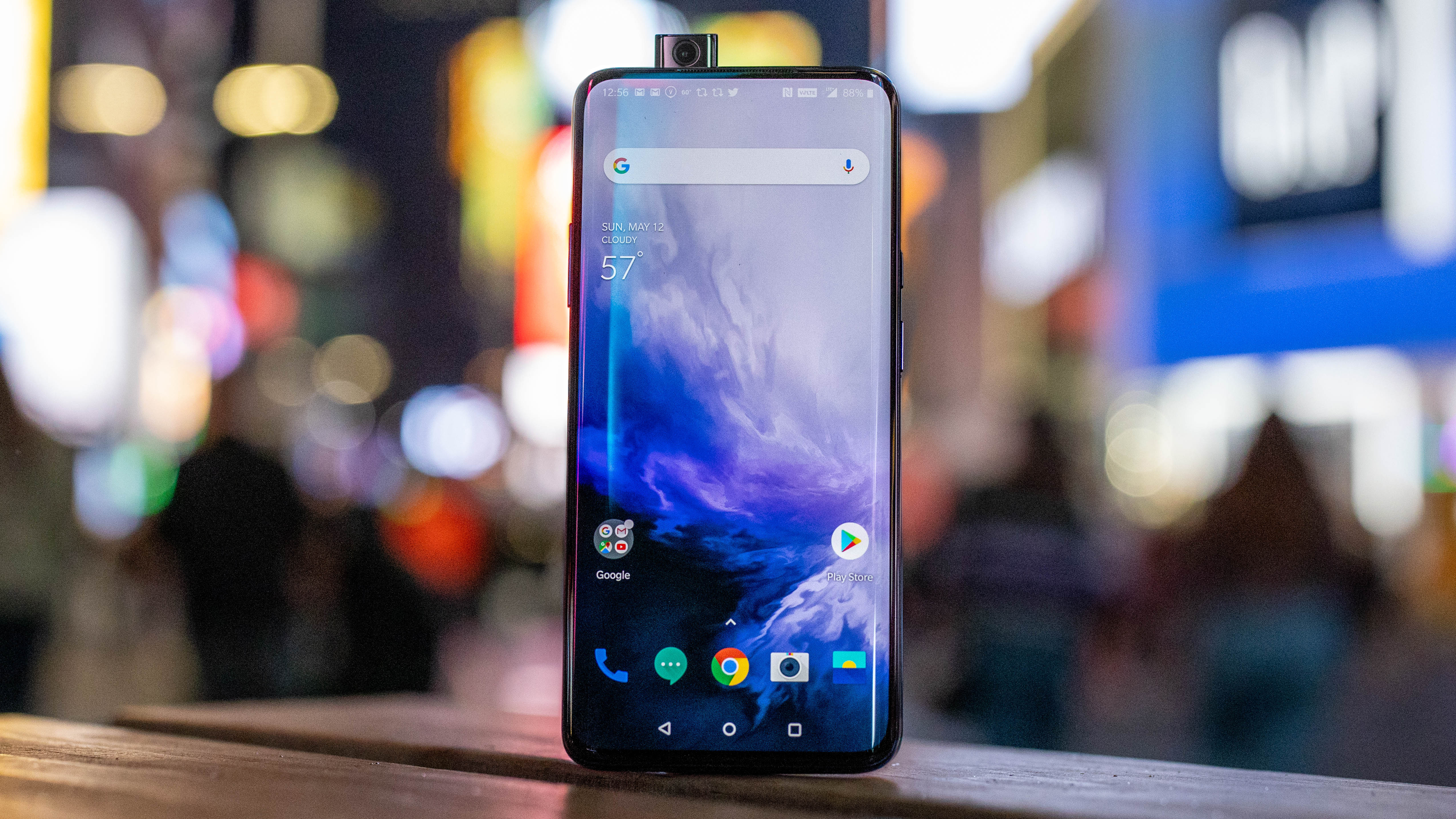
In the case of the Huawei P30 Pro, this is the camera – the quad-snapper combo is the most flexible to facilitate all your photography needs.
On the OnePlus 7 Pro, you’re looking at a great display, as its large, unbroken Quad HD+ screen tops the others for viewing media and playing games - and combined with a superbly low cost.
It’s what’s inside that counts with the Samsung Galaxy S10 Plus – it has a high-end processor, bigger storage potential and wireless charging, although on the outside the two front-facing cameras and 3.5mm headphone jack are important too.
So if you’re looking to spend as much money as you can on a chunky, premium Android smartphone, you’ve got to consider your main use of a phone, and make a purchase accordingly.
We'll be updating this piece in the coming weeks as we compare these phones head to head - but for now, it's pretty clear where the distinctions lie between this high-end handsets.
All images credit TechRadar

Tom Bedford joined TechRadar in early 2019 as a staff writer, and left the team as deputy phones editor in late 2022 to work for entertainment site (and TR sister-site) What To Watch. He continues to contribute on a freelance basis for several sections including phones, audio and fitness.